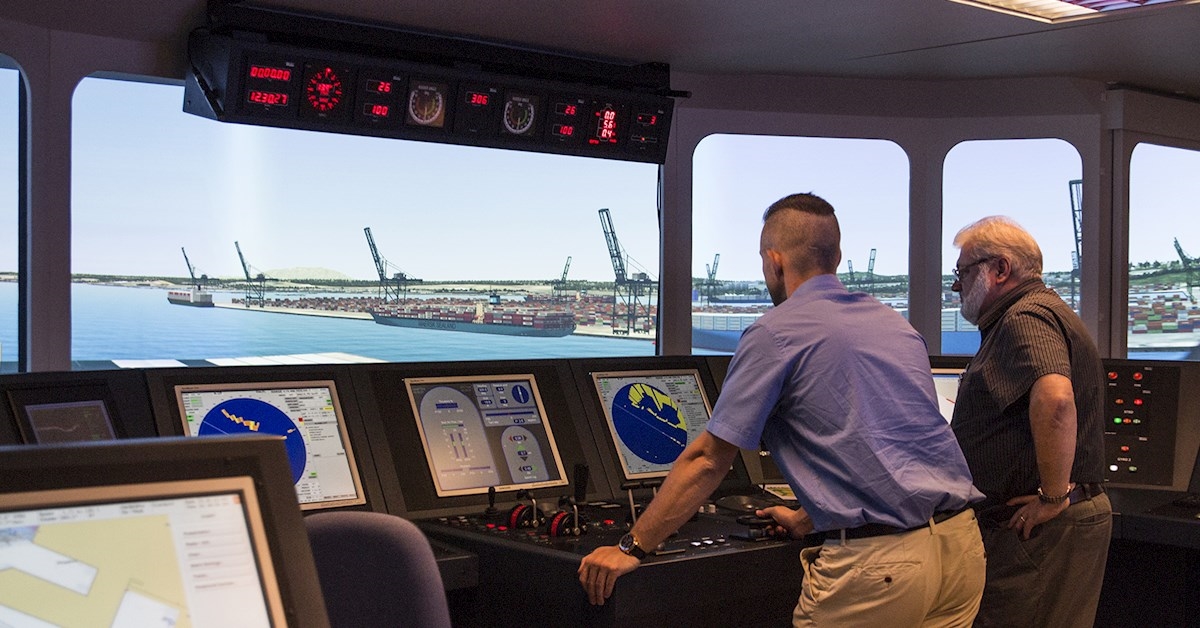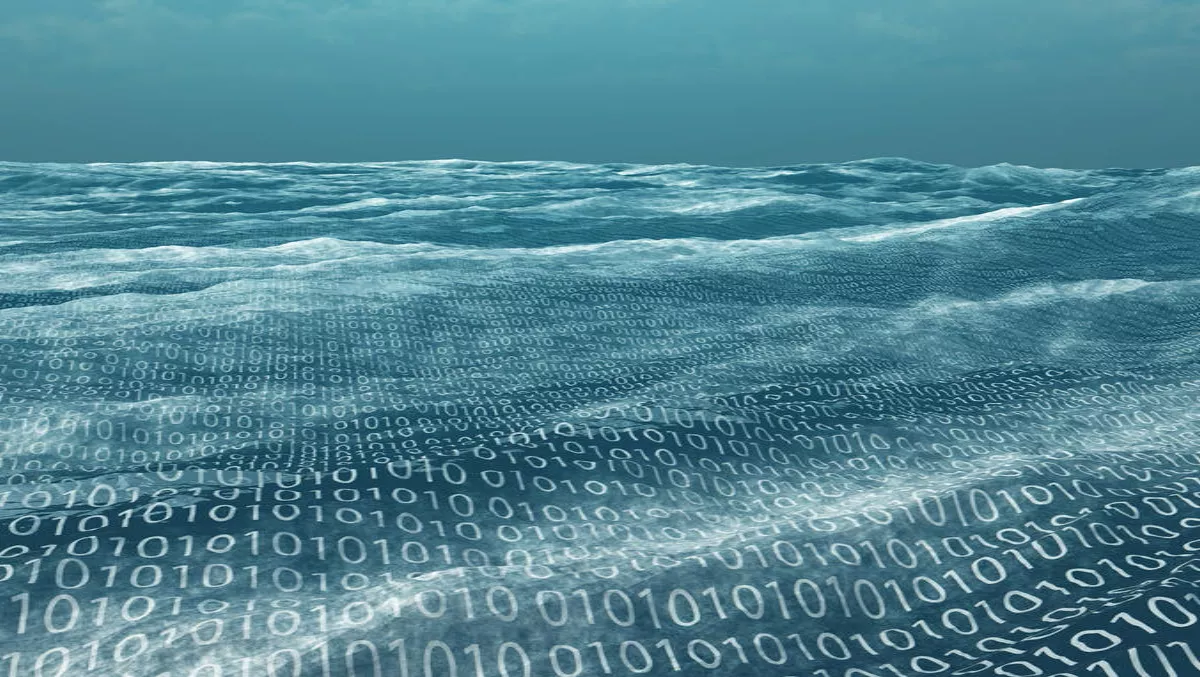Big data. The phrase itself is summoning visions of tech gurus squinting at dashboards as if deciphering quantum science. But what is it, really?
In the maritime world, big data will probably not be just a buzzword. It’s a lifeline, a compass for navigating an ocean of inefficiencies. Let’s break this down.
Big Data
What is remarkably human about big data is patterns. Big data is the digital fingerprint of our existence, the breadcrumbs we unknowingly leave in our hyperconnected world. It’s not just about having a lot of data; it’s also about organizing those terabytes into something useful. Consider it as making sense of an infinite stream of data that encompasses everything from your Instagram likes to the real-time GPS of container ships passing through the Panama Canal.
Big data is used in machine learning, predictive modelling, and other advanced analytics to solve business challenges and make sound decisions.
The most prevalent feature connected with big data is its large volume. Also, big data velocity refers to the rate at which data is generated. Today, data is frequently produced in real-time or near real-time, thus it must be processed, accessed, and analyzed at the same rate to have any meaningful impact.
Why Big Data is the Future?
Big data is the perfect multitasker, capable of transforming chaotic noise into useful insights. The captain never sleeps, constantly monitoring weather trends, fuel consumption, maintenance schedules, and even piracy hotspots. Want to find the best path to conserve gasoline and avoid a storm? Big data has your back. Need to anticipate when a fussy old engine will die? Big data whispers: It’s coming sooner than you think.
This dream is becoming a reality. Companies use AI-powered analytics to minimize carbon footprints, save money, and increase efficiency. Maersk utilizes sensors on its ships to collect real-time data, allowing them to save millions of dollars on fuel each year. Meanwhile, ports are becoming smarter, harnessing data to improve operations and minimize congestion. In a nutshell, big data might be the fairy godmother of the industry’s creaky pumpkin carriage into a hypercar.
What Are Maritime Data Issues?
The maritime world isn’t all smooth sailing. In fact, when it comes to big data, it’s more like navigating a foggy strait. The issues are as numerous as barnacles on an old hull.
Not all data is created equal. Some are clean and reliable, while some is as murky as a harbor at low tide. And bad data can lead to bad decisions, like a ship taking the “shortcut” through the channel because someone miscalculated its draft.
Another iceberg that lurks beneath the surface is cybersecurity. Attacks using ransomware have already brought shipping lines to a complete standstill. One breach can mean disaster if your livelihood depends on constant information flows.
There is also the human factor. Installing the most sophisticated sensors and algorithms is fine, but if the crew isn’t taught to decipher the data, things can be challenging. Convincing seasoned captains to trust a computer’s judgment is no easy task, as the maritime sector has a long history of relying on hands-on knowledge.
How Big Data Saves Maritime
Even the most well-prepared ships may encounter unanticipated hazards since the ocean is full of surprises. However, big data can be the difference between a near-miss and a disaster. Operators can prevent mishaps by combining information from onboard sensors, AIS (Automatic Identification System), and weather satellites to make snap choices.
The industry is responsible for almost 3% of the world’s CO2 emissions, and if nothing is done, that percentage is predicted to increase. Big data arrives, equipped with algorithms and a sense of guilt. Ships can improve routes to reduce emissions by studying weather and fuel consumption. Operators can simulate and adjust performance without ever leaving the dock thanks to digital twins, which are virtual copies of real-world systems.
In the marine sector, predictive analytics and artificial intelligence use cutting-edge methods to track and evaluate data from sources like ambient conditions, maintenance records, and sensors on ship equipment. Predictive maintenance programs, such as those in the maritime industry, can cut downtime by 35% to 50%, according to Nucleus Research
Ports serve as global trade bottlenecks, and delays there can lead to supply chain chaos. Through berth schedule optimization, inland transport coordination, and vessel arrival time prediction, big data can help disentangle these snarls.









